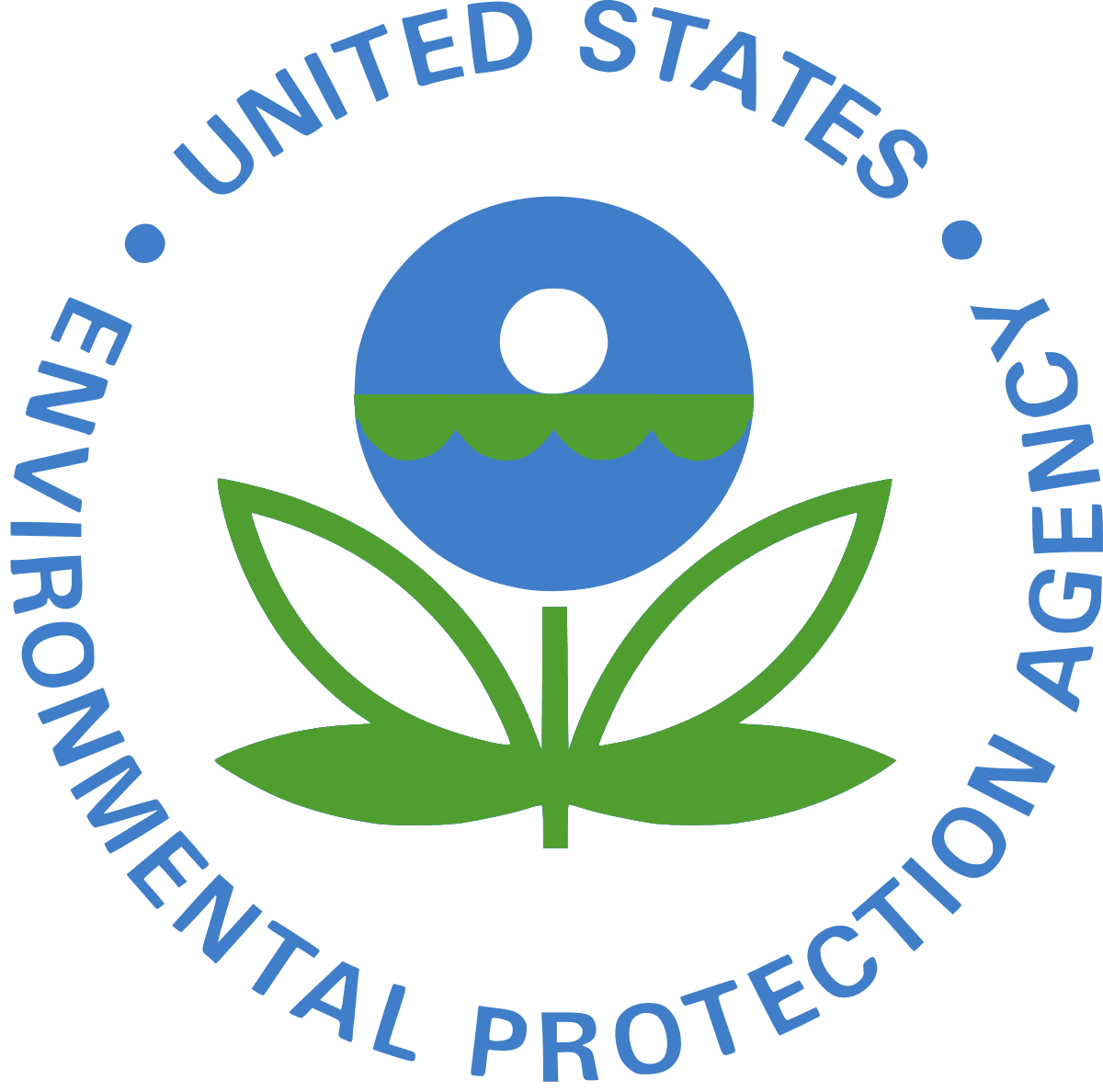
Environmental Protection Agency
Established: December 2, 1970
Mission: To establish, monitor, and enforce national regulations that protect human health and the environment.
Reason for creation: Congress established the Environmental Protection Agency to consolidate an array of long-standing and new federal environmental responsibilities under one efficient and effective organization. The industrial age brought great advances in standards of living, but also produced downsides (known as negative environmental externalities) that Congress sought to address as early as 1910, with passage of the Federal Insecticide Act to protect farmers and consumers from fraudulent or dangerous pesticide products. In the decades that followed, Congress passed numerous laws that regulated business activity to protect the air, water, fish and wildlife, and other natural resources from industrial pollution.
This legislative activity increased in accordance with public concern during the late 1950s and throughout the 1960s. A national environmental movement was taking shape and the public was demanding governmental responses to various environmental catastrophes. Books like The Silent Spring by Rachel Carson began to increase public awareness of the dangers of household products like pesticides. Other environmental problems were more obvious and needed little help getting notice: industrial waste was causing rivers to catch on fire, oil spills were destroying beaches, and smog-engulfed cities were threatening the public health of tens of millions of Americans.
Outcry over these issues culminated with President Richard Nixon’s 1970 presentation to Congress about the dire need for extensive federal action on environmental issues. Nixon’s message included a call for large investment in water quality improvements, the institution of air quality and emissions standards, the imposition of lead gas taxes, measures to prevent and address oil spills, and much more. Nixon also created a council tasked with identifying how to best organize federal programs in order to fulfill these goals. The council came to the conclusion that a single agency focused on protecting human health and the environment could provide the most efficient execution of the law. So, Nixon returned to Congress, this time with a proposal to consolidate environmental responsibilities under a new agency: the Environmental Protection Agency (EPA). Congress quickly approved the proposal.
The EPA’s responsibilities include researching the sources and effects of various pollutants, monitoring the state of the environment, establishing environmental baselines so as to measure changes in the state of the environment, setting and enforcing standards for air and water quality and pollutant levels, and providing guidance and expertise to businesses, states, and localities on environmental issues.
Impacts: Landmark pieces of environmental legislation such as the Clean Air Act of 1970 and the Clean Water Acts of 1972 and 1977 contributed to significant improvements in air and water quality in the decades since. Other significant legislation, including the Comprehensive Environmental Response, Compensation, and Liability Act of 1980 (which created the superfund program) and the Safe Water Drinking Act of 1986 have also improved the health and well-being of communities around the country.
The EPA was also instrumental in the United States’ signing of international environmental agreements like the Montreal Protocol, which called for global efforts to protect the ozone layer, and the Paris Climate Accord, which set reduction requirements for countries’ greenhouse gas emissions in order to limit future impacts of climate change.
The Montreal Protocol and the EPA’s associated domestic work to eliminate the use of Chlorofluorocarbons (CFCs) represents one of the agency’s greatest successes. In the 1970s, scientists identified several aerosols that were causing severe damage to Earth’s protective ozone layer. The US government and governments around the world responded quickly to this science and phased out nearly all gasses associated with ozone depletion. The EPA led this effort in the US. While it will take decades for the ozone layer to heal to pre-1980 levels, the trajectory is positive.
The EPA also launched Energy Star, a market-driven energy conservation program that was the nation’s first climate change program to curb greenhouse gases.

